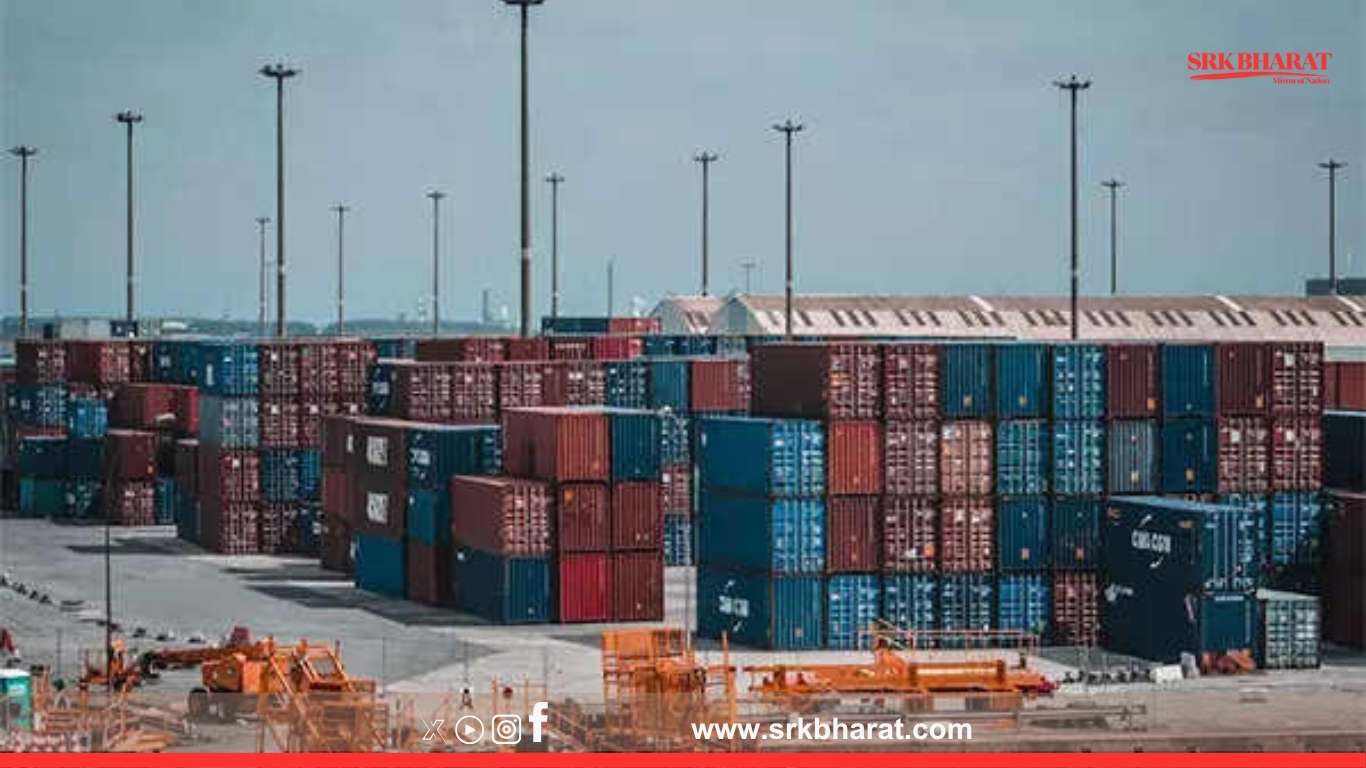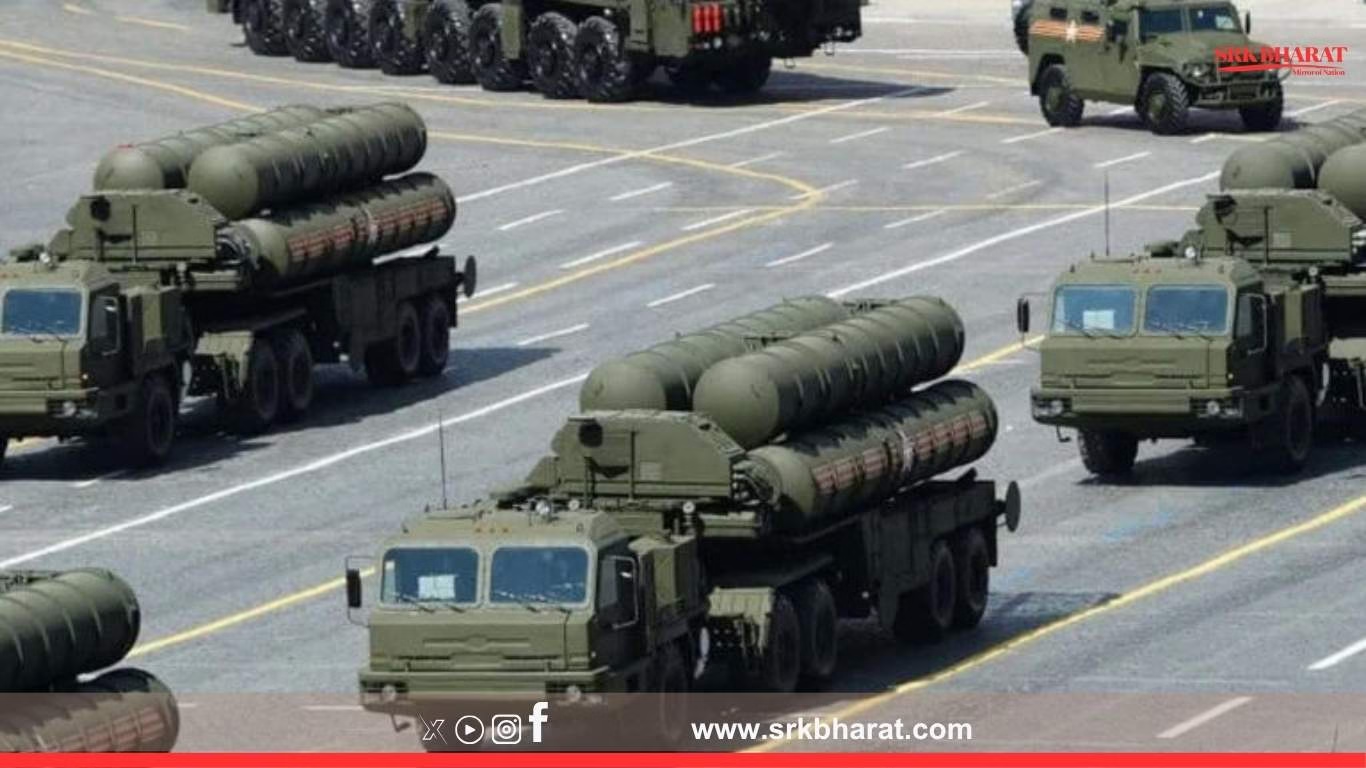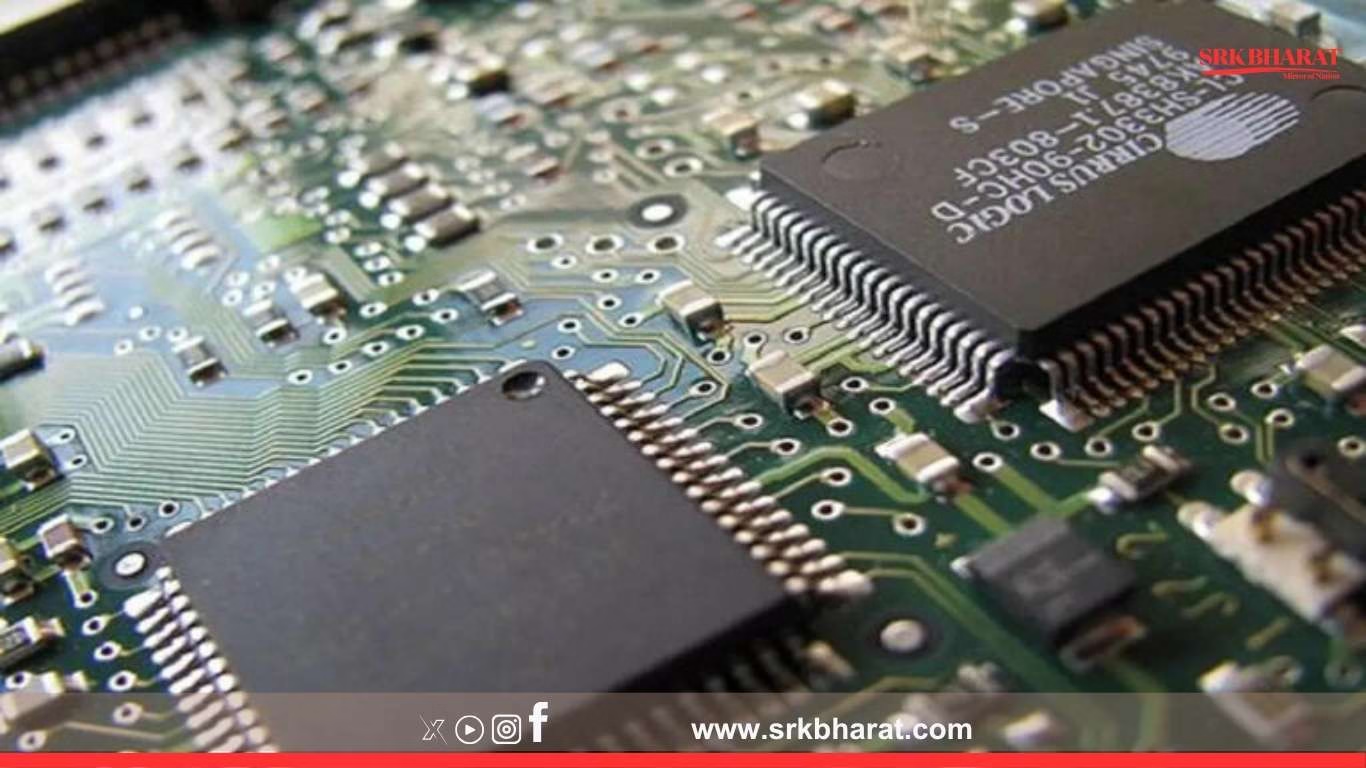India’s trade deficit is projected to widen significantly to around $300 billion in the financial year 2025-26, even as international crude oil prices remain relatively stable, according to a recent report by ICICI Bank’s Economic Research Department. The forecast highlights fresh concerns for policymakers about the pressure on India’s current account balance and the need for measures to boost exports while managing rising import demand.
Key findings of the ICICI Bank report
The report titled India’s External Sector: Navigating Choppy Waters outlines that India’s merchandise trade deficit could touch $300 billion by March 2026, up from an estimated $260 billion in FY25. This projected 15% rise is attributed to multiple factors including strong domestic demand for non-oil imports, persistent gold imports, and high import intensity of capital goods and electronic components.
ICICI Bank’s research team noted that while oil prices have moderated compared to the peaks of 2022-23, the net benefit is likely to be offset by robust consumption-driven demand for non-oil goods and services.
Breakdown of major contributors to trade deficit
| Commodity/Category | FY25 Estimated Imports (USD Billion) | FY26 Projected Imports (USD Billion) |
|---|---|---|
| Crude oil & petroleum | 185 | 190 |
| Gold | 50 | 55 |
| Electronics & machinery | 75 | 85 |
| Chemicals & fertilizers | 30 | 35 |
| Coal & minerals | 25 | 28 |
| Others | 70 | 82 |
| Total imports | 435 | 475 |
On the exports side, the report indicates moderate growth in sectors like engineering goods, pharmaceuticals, and services exports. However, sluggish global demand recovery, geopolitical disruptions, and tighter compliance norms in key markets like the EU and US may cap India’s export performance in FY26.
Why oil prices alone won’t narrow the deficit
Global crude oil prices have averaged around $75–80 per barrel in early 2025, significantly lower than the average of $95–100 per barrel during the 2022 energy crisis. However, India’s oil import bill remains high due to volume growth driven by rising industrial activity, increased passenger vehicle sales, and aviation sector recovery.
ICICI Bank’s chief economist, Dr. Aditi Ghosh, said, “Lower oil prices provide some cushion but are not enough to fully offset India’s expanding appetite for gold, electronics, and capital goods. The rupee’s relative weakness against the US dollar also keeps import costs elevated.”
Global demand scenario and export outlook
India’s exports touched $445 billion in FY25, a slight improvement from $437 billion in FY24. The ICICI Bank report projects that merchandise exports could reach $470 billion in FY26, supported by resilience in sectors like automobiles, machinery, and pharmaceutical products.
However, analysts point out that slower growth in Europe and policy uncertainties in the US could weigh on order books. The World Trade Organization has already revised its global merchandise trade volume growth estimate for 2025-26 to 2.6% from an earlier 3.4% due to lingering supply chain disruptions and geopolitical tensions.
Key sectors likely to drive export growth
| Sector | FY25 Exports (USD Billion) | FY26 Projected Exports (USD Billion) |
|---|---|---|
| Engineering goods | 105 | 115 |
| Pharmaceuticals | 30 | 34 |
| Gems & jewellery | 38 | 40 |
| Textiles & apparel | 32 | 35 |
| Agricultural products | 50 | 52 |
| Services exports | 350 | 380 (IT, financial, professional services) |
Services trade surplus offers some cushion
India’s robust services exports, especially in IT, digital solutions, and professional services, continue to be a major offset to the merchandise trade deficit. Services exports are projected to grow to $380 billion in FY26 from an estimated $350 billion in FY25, keeping India’s overall current account deficit (CAD) in check.
Potential impact on rupee and forex reserves
ICICI Bank’s report warns that a sustained high trade deficit could exert downward pressure on the Indian rupee, particularly if capital inflows slow due to global interest rate trends or tighter funding conditions.
As of May 2025, India’s foreign exchange reserves stand at $636 billion, providing an adequate buffer for about 10 months of imports. However, any unexpected global oil price shock, sharp surge in gold demand, or volatility in foreign portfolio flows could test this comfort zone.
Policy measures needed to balance the gap
To address the widening deficit, the report recommends the following measures:
- Incentivising high-value manufacturing exports through targeted Production-Linked Incentive (PLI) schemes for electronics, semiconductors, and renewable energy equipment.
- Rationalising gold imports by tightening import duty loopholes and promoting domestic gold recycling.
- Streamlining logistics and port infrastructure to reduce turnaround times and costs for exporters.
- Diversifying trade markets beyond the US and Europe, focusing more on Africa, Latin America, and Southeast Asia.
- Encouraging inward FDI in technology-intensive sectors to reduce import dependency for high-value components.
Government’s response and action plan
The Ministry of Commerce and Industry has acknowledged the findings and stated that the government is working on new policies to support export competitiveness. Commerce Secretary Sunil Barthwal said, “We are confident that the upcoming Foreign Trade Policy update will address structural bottlenecks for exporters, boost ease of doing business, and diversify our export basket. We are also working to sign new trade agreements to open fresh markets.”
Industry perspective
The Confederation of Indian Industry (CII) and Federation of Indian Export Organisations (FIEO) have welcomed the report but urged the government to act quickly. FIEO President Ashwani Kumar said, “While India’s macro fundamentals remain sound, the persistent trade deficit is a reminder that we must support our exporters, streamline GST refunds, and address high input costs to stay competitive.”
Expert opinion
Independent economist Dr. Ritu Sharma added, “The trade deficit projection of $300 billion underscores India’s structural dependence on imports for oil, gold, and high-end electronics. While services exports provide a silver lining, a meaningful turnaround will require deep reforms in domestic manufacturing and technology ecosystems.”
What lies ahead
Despite the projected surge in the trade deficit, India’s growth momentum remains strong with GDP growth for FY26 expected at 6.6% according to ICICI Bank. The balance of payments is expected to stay manageable due to stable capital flows, resilient remittances from the Indian diaspora, and strong services receipts.
However, policymakers will need to strike a careful balance between promoting domestic demand and ensuring that the external sector does not become a drag on macroeconomic stability.
Final analysis
The ICICI Bank report serves as an important reminder that India’s path towards becoming a $5 trillion economy must be supported by structural shifts in its trade and industrial landscape. Lower oil prices alone will not be sufficient if domestic production capacities in key sectors do not rise quickly to meet the demands of a rapidly growing economy.
Robust services exports, adequate forex reserves, and steady FDI inflows remain bright spots, but addressing the merchandise trade gap with sustained reforms, export diversification, and reduction of import dependence will be critical for India to navigate global headwinds in the coming fiscal.











